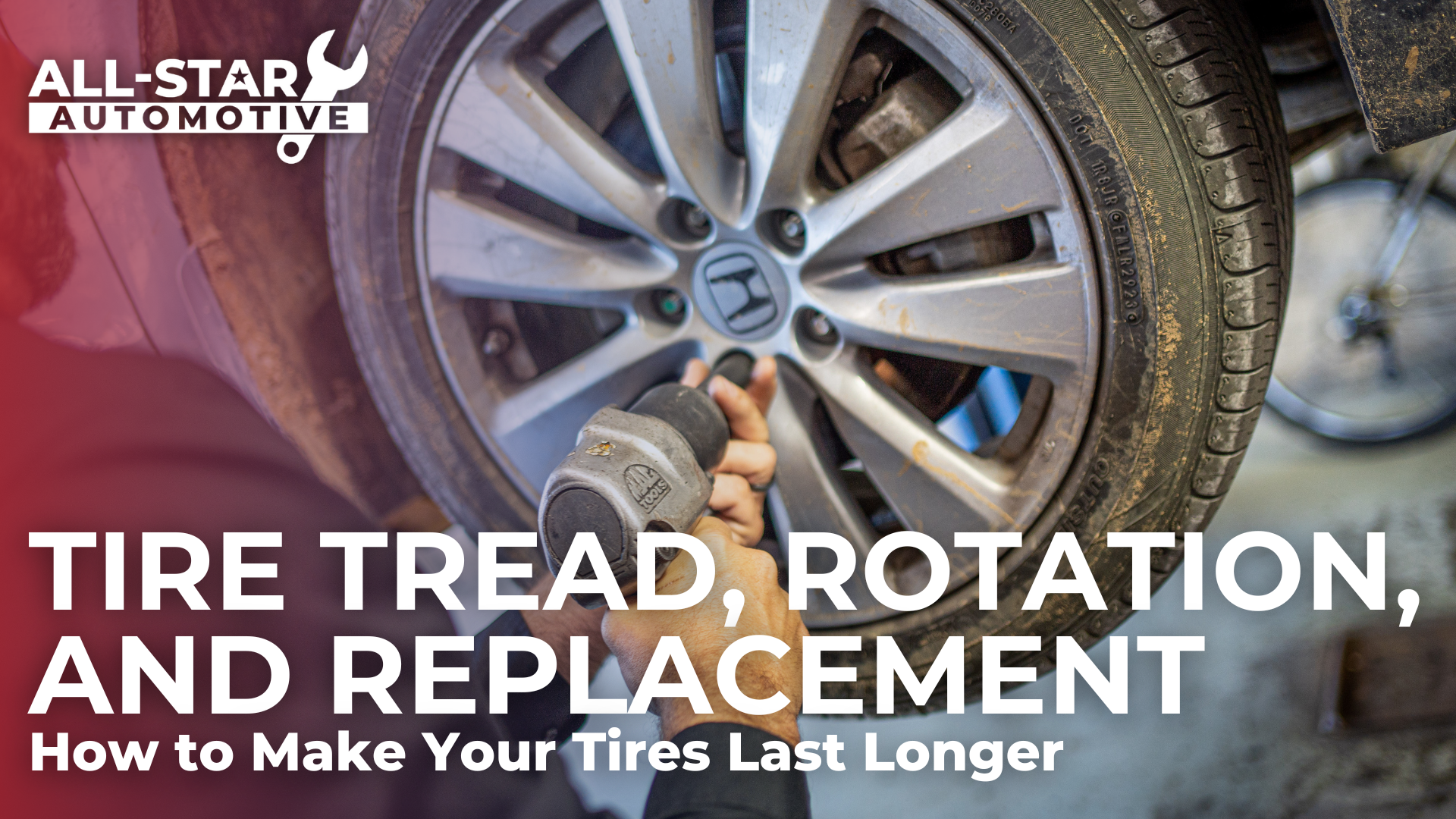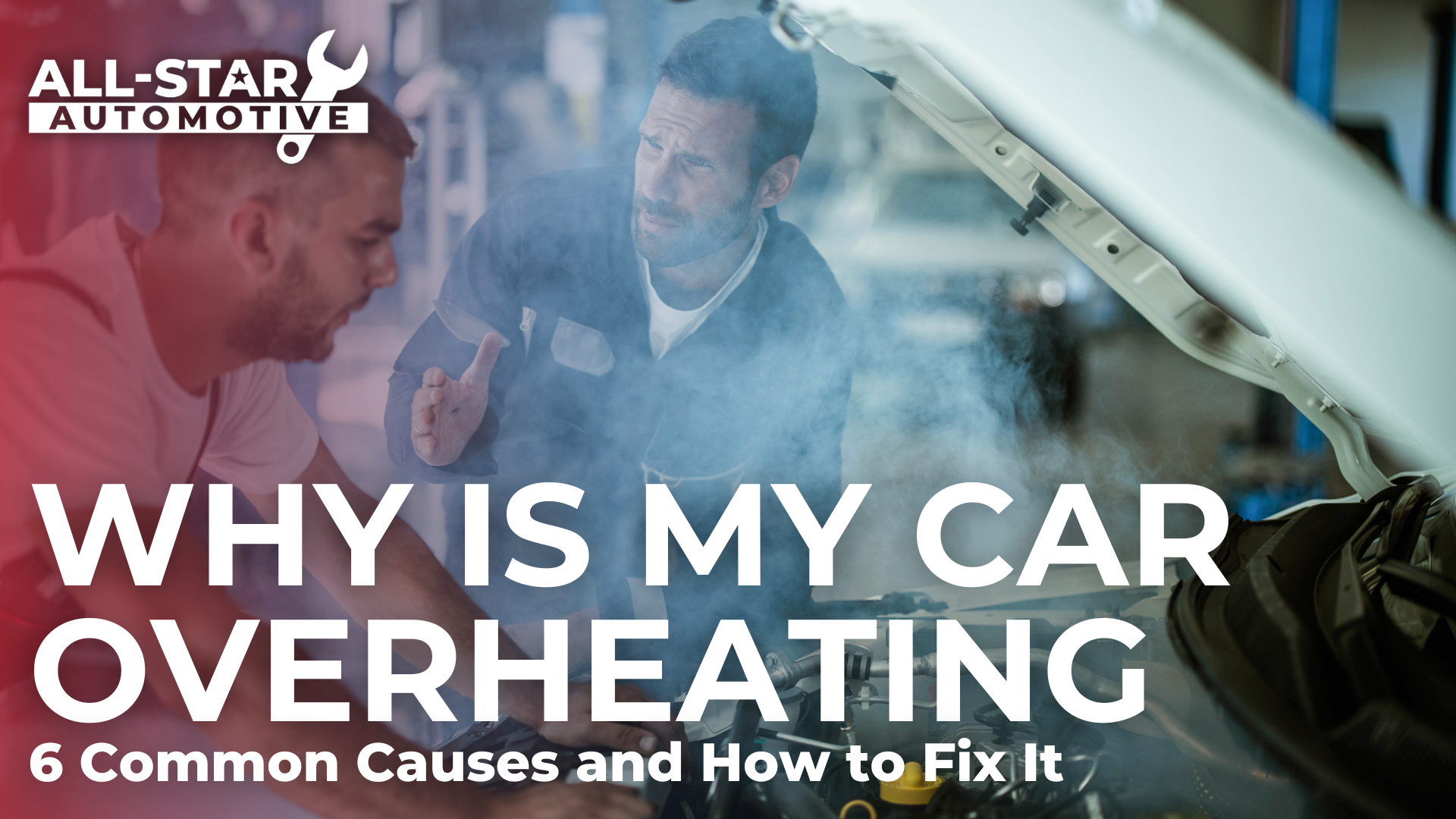How to Prepare Your Car for Spring: Essential Post-Winter Maintenance
Winter can be tough on your vehicle, especially in Missouri, where icy roads, freezing temperatures, and road salt can take a toll on everything from your tires to your engine. As spring approaches, it’s the perfect time to give your car some much-needed attention and ensure it's ready for warmer weather and road trips.
Here’s a step-by-step guide to preparing your car for spring and keeping it in top shape after a long winter.
1. Give Your Car a Thorough Wash (Especially the Undercarriage)
Winter roads are full of salt, sand, and grime, which can build up and cause rust and corrosion, especially on the undercarriage.
- Wash the entire car, including the undercarriage to remove salt buildup.
- Wax your car to protect the paint from spring rain and sun exposure.
- Clean the interior—vacuum floor mats and wipe down surfaces to remove winter dirt and moisture.
Pro Tip: If you parked outside during the winter, check for any leaves or debris trapped in the air vents or around the hood area.
2. Check Your Tires (Pressure, Tread, and Alignment)
Cold temperatures can cause tire pressure to drop, while potholes and icy conditions may have affected your alignment and tread wear.
- Check tire pressure—it may need adjusting as temperatures rise.
- Inspect tread depth using the penny test—if you can see the top of Lincoln’s head, it's time for new tires.
- Look for cracks, bulges, or uneven wear, which could indicate alignment issues.
- Rotate your tires to promote even wear and extend their lifespan.
Pro Tip: If you used winter tires, now’s the time to switch back to all-season or summer tires for better efficiency and performance.
3. Test Your Battery
Cold weather can weaken your battery, leading to slow starts or unexpected breakdowns.
- Test your battery voltage—if it’s over three years old, have it checked by a professional.
- Look for corrosion on the terminals and clean them if necessary.
- Ensure cables are securely connected and free of damage.
Warning Signs of a Weak Battery:
- Engine cranks slowly when starting.
- Headlights dim when idling.
- You’ve needed a jump-start recently.
Pro Tip: If you had trouble starting your car during the winter, consider replacing your battery before it leaves you stranded.
4. Inspect and Replace Wiper Blades
Missouri’s winter snow and ice can wear out wiper blades, making them less effective in spring rainstorms.
- Replace wipers if they leave streaks or make noise when in use.
- Refill windshield washer fluid to keep your windshield clear of pollen, bugs, and dirt.
Pro Tip: Use all-season washer fluid to help prevent streaking and improve visibility in changing spring conditions.
5. Check Your Brakes
Winter driving can put extra stress on your brake system, especially if you’ve been navigating icy roads or potholes.
- Listen for squeaking or grinding noises, which could indicate worn brake pads.
- Check your brake fluid levels—low levels can affect braking performance.
- Have your brakes inspected if you notice vibrations or if the pedal feels spongy.
Pro Tip: Don’t ignore brake issues—addressing minor problems early can prevent costly repairs down the road.
6. Change Oil and Top Off Fluids
Cold weather can thicken engine oil and cause fluids to deplete faster. A spring oil change ensures your engine stays well-lubricated and running efficiently.
Change your oil and filter if it’s been over 3,000-5,000 miles since your last service.
Check and top off other fluids, including:
- Coolant (to prevent overheating in warmer months)
- Transmission fluid
- Brake fluid
- Power steering fluid
Pro Tip: If your oil looks dark or gritty, it’s time for a change—don’t wait until the next scheduled service.
7. Inspect Belts and Hoses
Winter’s temperature fluctuations can weaken rubber belts and hoses, making them more prone to cracking or leaks.
- Look for visible cracks, fraying, or loose connections.
- Check for leaks—fluid pooling under your car could indicate a problem.
- Have a professional inspect them if you’re unsure.
Pro Tip: A broken belt can cause engine failure, so it’s best to replace any worn-out parts before they fail.
8. Check Your Air Conditioning
As temperatures rise, you’ll want your A/C system working properly before the summer heat sets in.
- Turn on the A/C and check if it’s blowing cold air.
- Listen for strange noises, which could indicate a failing compressor.
- Replace your cabin air filter to improve air quality and airflow.
Pro Tip: If your A/C isn’t cooling properly, it may need a refrigerant recharge or a system check-up.
9. Check Lights and Electrical Components
Days are getting longer, but functional lights are essential for safe driving.
- Check headlights, brake lights, turn signals, and fog lights.
- Replace any burnt-out bulbs or dim lights.
- Test power windows, locks, and mirrors to ensure all electronics are working correctly.
Pro Tip: Cloudy or yellowed headlights can be restored with a cleaning kit to improve nighttime visibility.
10. Get a Spring Car Inspection at All-Star Automotive Repair
Spring is the perfect time for a professional vehicle check-up to catch any winter damage and ensure your car is ready for the road. At All-Star Automotive Repair in Columbia, MO, we offer comprehensive spring maintenance services, including:
- Oil changes and fluid top-offs
- Brake and tire inspections
- Battery and alternator testing
- Belt, hose, and A/C system checks
Taking care of your car now can help prevent expensive repairs later and ensure a smooth, worry-free drive all season long.
Schedule Your Spring Car Check-Up Today!
At All-Star Automotive Repair, we help Columbia drivers keep their cars running at their best. Whether you need an oil change, brake check, or full vehicle inspection, our team is here to help.
Book your spring maintenance appointment today!










